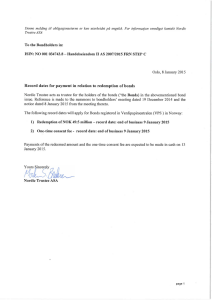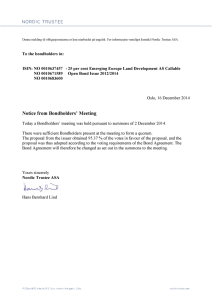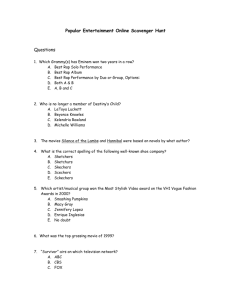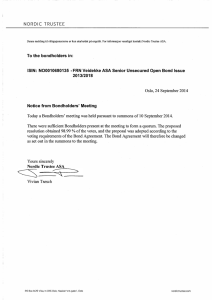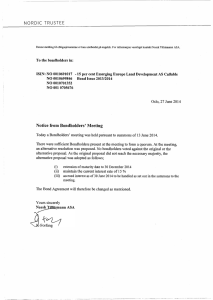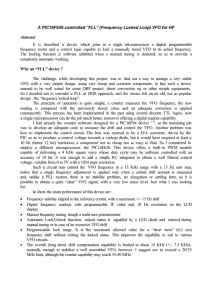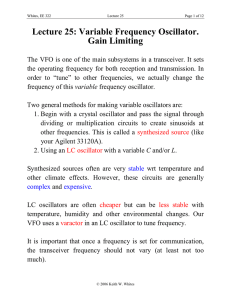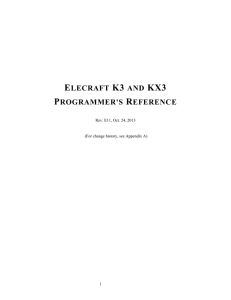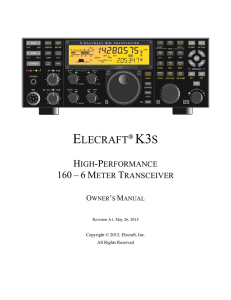Page 1
advertisement
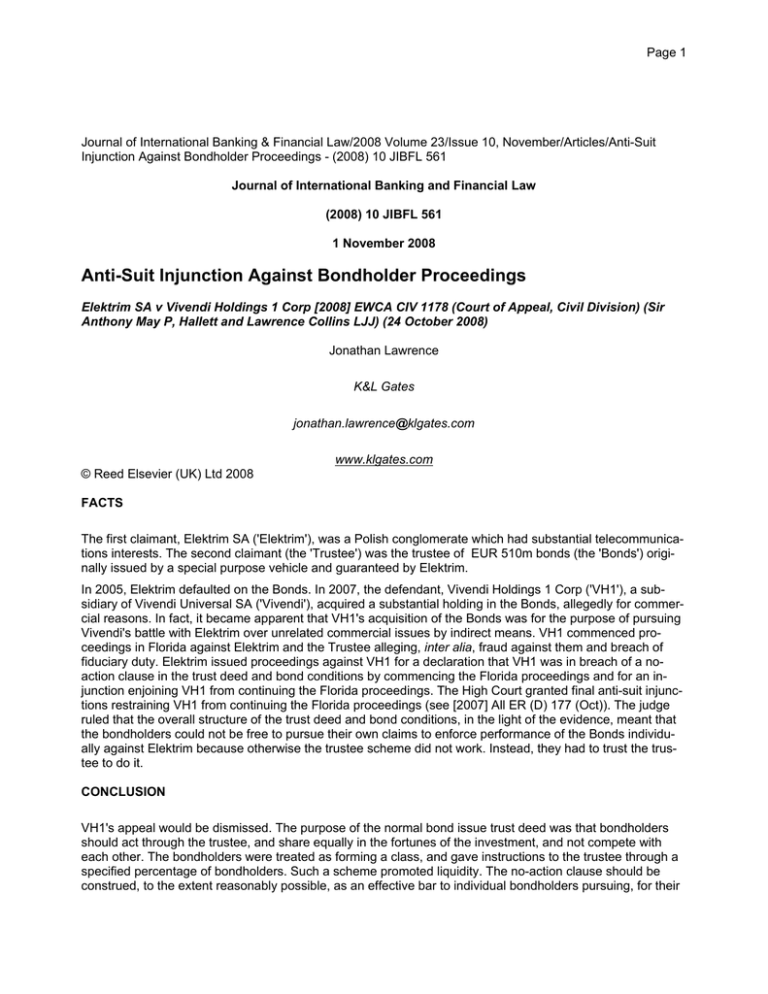
Page 1
Journal of International Banking & Financial Law/2008 Volume 23/Issue 10, November/Articles/Anti-Suit
Injunction Against Bondholder Proceedings - (2008) 10 JIBFL 561
Journal of International Banking and Financial Law
(2008) 10 JIBFL 561
1 November 2008
Anti-Suit Injunction Against Bondholder Proceedings
Elektrim SA v Vivendi Holdings 1 Corp [2008] EWCA CIV 1178 (Court of Appeal, Civil Division) (Sir
Anthony May P, Hallett and Lawrence Collins LJJ) (24 October 2008)
Jonathan Lawrence
K&L Gates
jonathan.lawrence@klgates.com
www.klgates.com
© Reed Elsevier (UK) Ltd 2008
FACTS
The first claimant, Elektrim SA ('Elektrim'), was a Polish conglomerate which had substantial telecommunications interests. The second claimant (the 'Trustee') was the trustee of EUR 510m bonds (the 'Bonds') originally issued by a special purpose vehicle and guaranteed by Elektrim.
In 2005, Elektrim defaulted on the Bonds. In 2007, the defendant, Vivendi Holdings 1 Corp ('VH1'), a subsidiary of Vivendi Universal SA ('Vivendi'), acquired a substantial holding in the Bonds, allegedly for commercial reasons. In fact, it became apparent that VH1's acquisition of the Bonds was for the purpose of pursuing
Vivendi's battle with Elektrim over unrelated commercial issues by indirect means. VH1 commenced proceedings in Florida against Elektrim and the Trustee alleging, inter alia, fraud against them and breach of
fiduciary duty. Elektrim issued proceedings against VH1 for a declaration that VH1 was in breach of a noaction clause in the trust deed and bond conditions by commencing the Florida proceedings and for an injunction enjoining VH1 from continuing the Florida proceedings. The High Court granted final anti-suit injunctions restraining VH1 from continuing the Florida proceedings (see [2007] All ER (D) 177 (Oct)). The judge
ruled that the overall structure of the trust deed and bond conditions, in the light of the evidence, meant that
the bondholders could not be free to pursue their own claims to enforce performance of the Bonds individually against Elektrim because otherwise the trustee scheme did not work. Instead, they had to trust the trustee to do it.
CONCLUSION
VH1's appeal would be dismissed. The purpose of the normal bond issue trust deed was that bondholders
should act through the trustee, and share equally in the fortunes of the investment, and not compete with
each other. The bondholders were treated as forming a class, and gave instructions to the trustee through a
specified percentage of bondholders. Such a scheme promoted liquidity. The no-action clause should be
construed, to the extent reasonably possible, as an effective bar to individual bondholders pursuing, for their
Page 2
own account, what were in substance class claims. This could apply to tortious claims as well as contractual
claims.
Although framed as a claim in the tort of 'fraud', the loss which VH1 claimed was the loss of a contractual
benefit. Although the cause of action was not for breach of contract but in tort, the object of the claim was to
compensate it for loss of a contractual right or entitlement under the bond conditions which it had by virtue of
being a bondholder. The claim was, in effect, enforcing VH1's right as a bondholder to a share of a contingent payment. The loss of the contingent payment would be a loss which was suffered by all bondholders
alike. It was a class loss, and not a loss which would in any way be peculiar to VH1.
